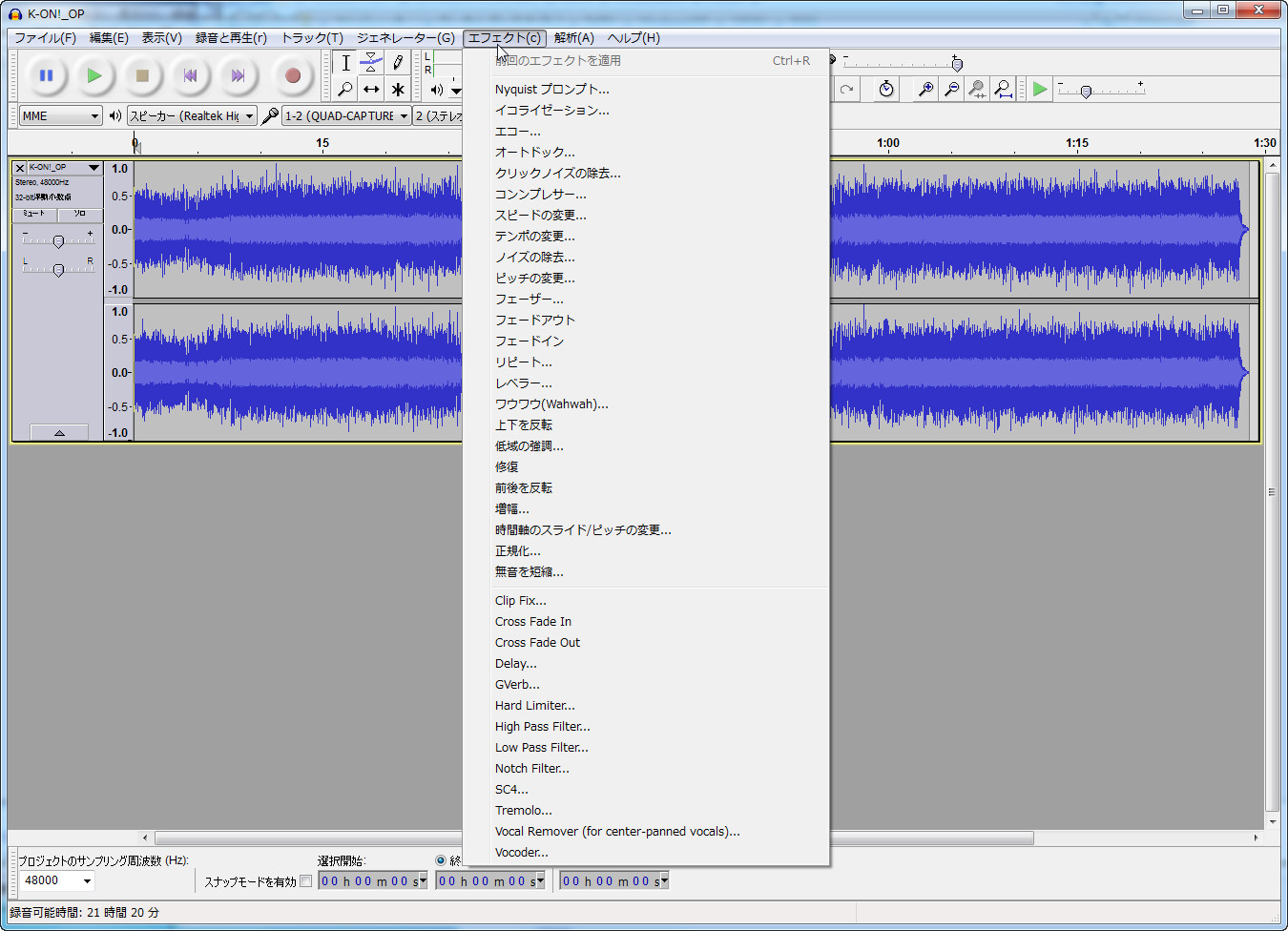

This circuit also requires a bipolar power supply (+/- 10-15 volts). Also, you will obviously need wires, connectors, pots, jacks, and some material to put the whole thing in (I used plywood, MDF, and acrylic for the casing. So all the components you will need are the TL074's, resistors, condensers (capacitors), and NPN transistors (2N2222). The next step contains a parts list, however, I will tell you right away that ALL the op amps in the circuit are TL074. The output of the envelope follower then controlls an VCA (voltage controlled amplifier) which amplifies the carrier signal coming in through the other band pass filter. The first receives the program signal which then goes into an envelope follower. Each channel in the analysis section consists of two identical band pass filters.

All the 14 analysis channels are identical, except for the values of the capacitors (I purposely designed it this way to make it easier to build). These are the three main blocks of the circuit.

Then, we must build each channel, and finally mix all the channels. First, we must have input amplifiers for each of the two inputs. This vocoder will analise the signal on 14 bands, but the design can easily be modified to include more channels, or actually fewer (if you are in a hurry). The program signal is then fed to an analysis section, which extracts the spectral information from the sound and applies it to the carrier signal. The first input is the program (usually a connected to a microphone) and the second input receives a carrier signal (usually a keyboard). A vocoder basically has two inputs and one output. I focused on using easily obtainable components that are inexpensive, and I tried to keep the circuit as simple as possible without sacrificing functionality. I designed it from scratch, although I did investigate as many vocoder schematics I could get my hands on.

The first thing we need is a circuit design, which I am posting as a series of images.


 0 kommentar(er)
0 kommentar(er)
